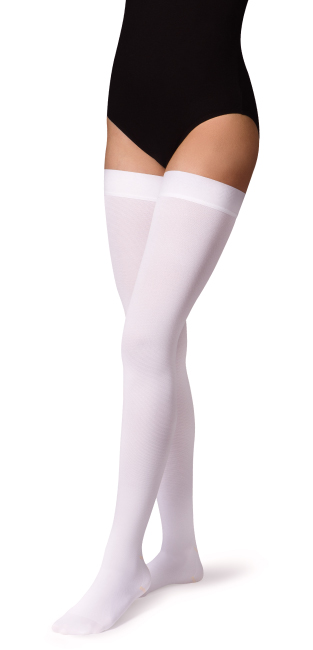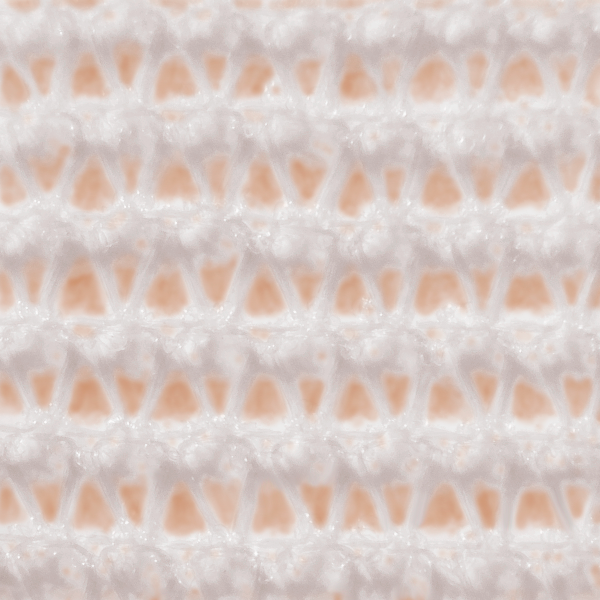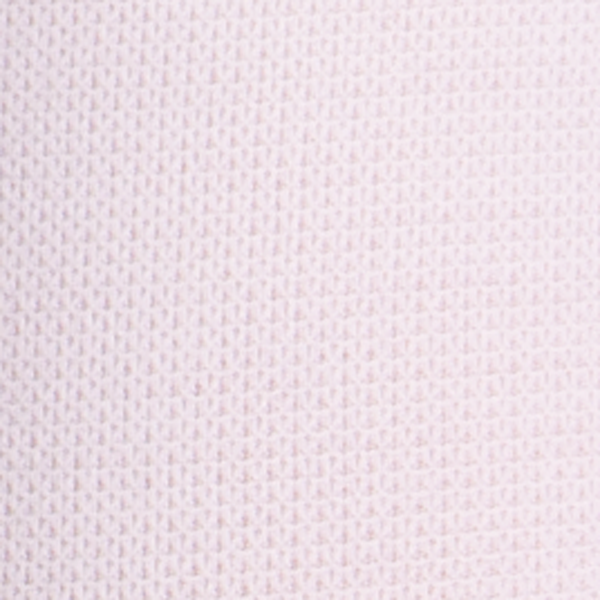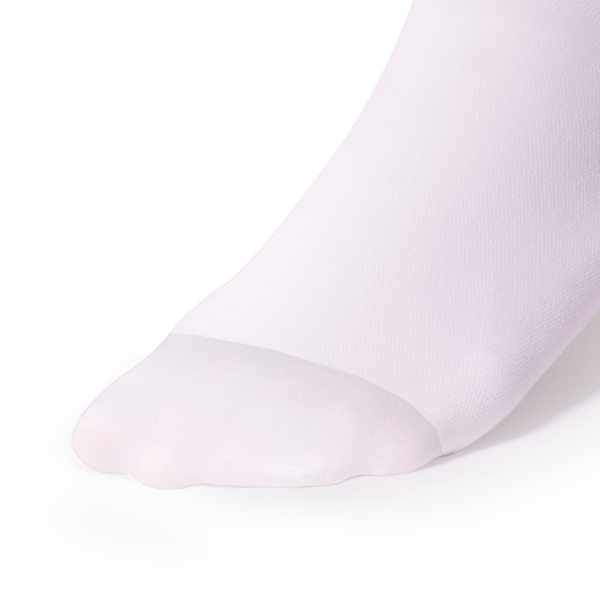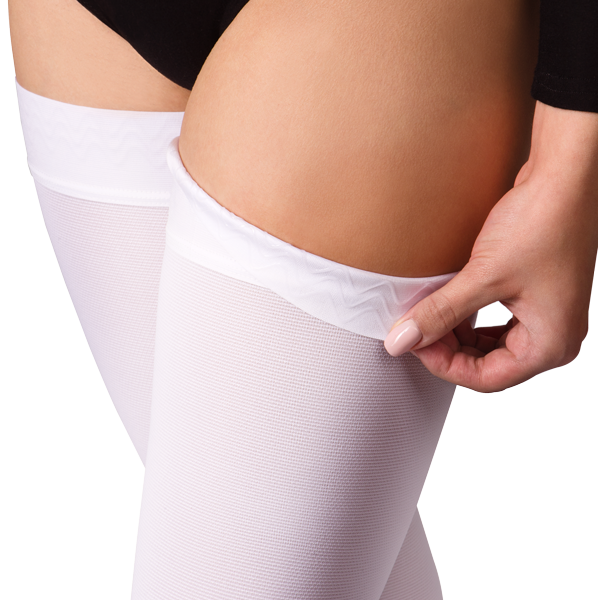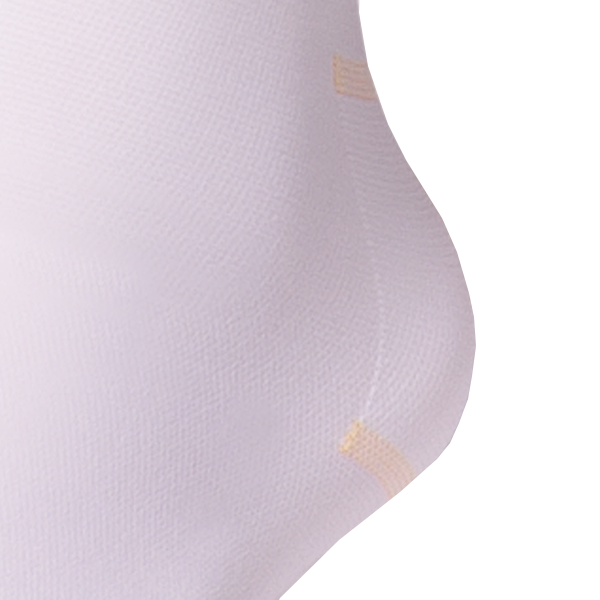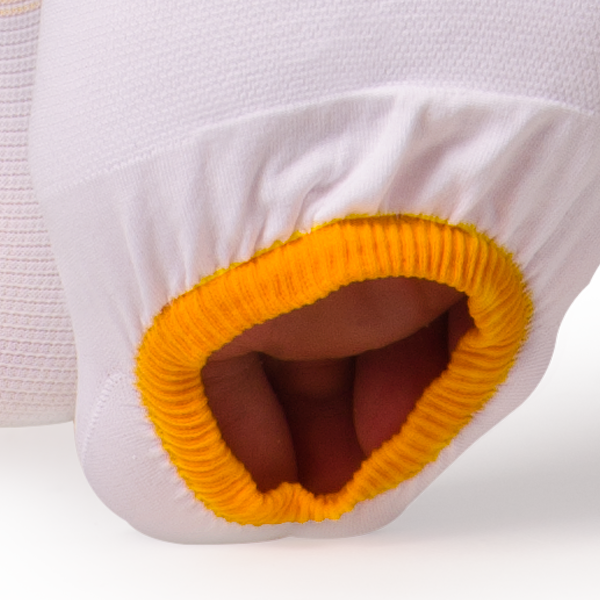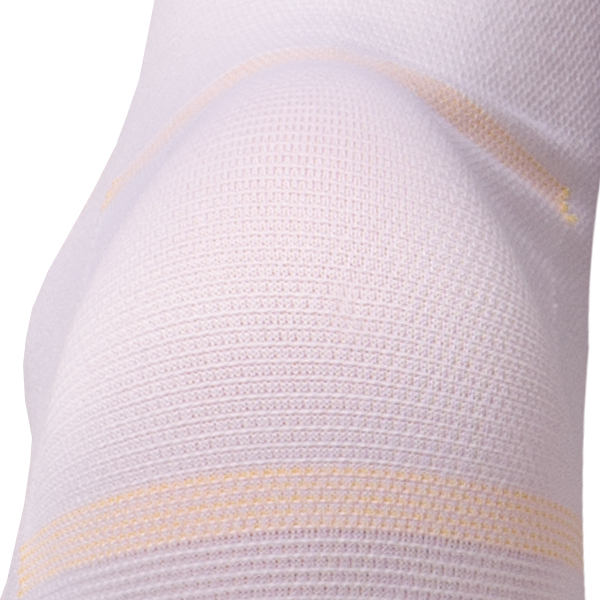Hospital hosiery do not contain latex and meet Oeko-Tex Standard 100 requirements, which makes these products hypoallergenic.
Ultra-stretchy yarns ensure the elasticity and durability of the products.
The performance of B.Well rehab compression hosiery is tested to the requirements of British standard BS 6612.
The HATRA test has confirmed that the distributed pressure corresponds to the physiological one. It means that these products actually help pump the venous blood from your legs back towards your heart. The pressure exerted on superficial ankle veins corresponds to the values of the claimed compression class, while the compression therapeutic effect of the hosiery continues throughout the guarantee period.
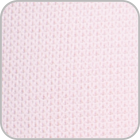

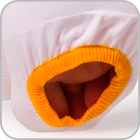

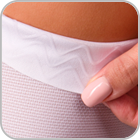

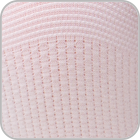

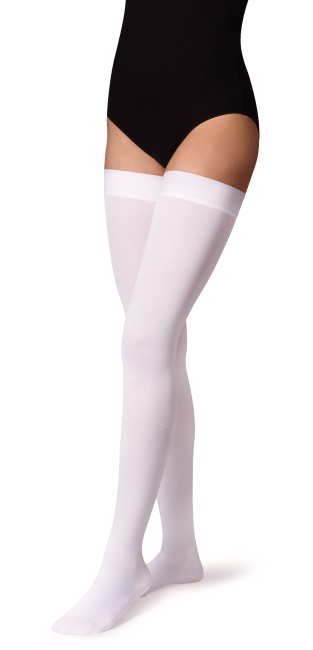
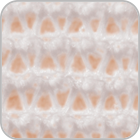

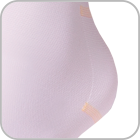

JW-224 B.Well rehab compression (anti-embolism) stockings, compression class II (22–32 mmHg) for reducing the risk of venous thromboembolic complications (VTE), including pulmonary embolism, in bed patients during and after hospital treatment.
These stockings are designed for patients in moderate and high-risk categories for VTE.
The mechanism of action is based on distributed pressure exerted on superficial veins: the stockings are tightest at the ankles (22–32 mmHg), and gradually become less constrictive towards the calves, while in the thigh area the compression is minimal.
Compression hosiery have the following benefits:
- Increased blood flow from lower limbs, improved performance of venous valves;
- Increased venous bloodstream, prevention of blood clots;
- Redistributed blood flow to deep veins;
- Normal blood circulation in bed patients;
- Reduced vein diameter, increased bloodstream.
3D knitting design – A special knitting design ensures natural moisture and heat transfer from the skin surface and increased comfort.
A-grade yarn – The S-twist two-ply multifilament yarn makes the compression hosiery durable and elastic at the same time.
Silicone band – The silicone-base band secures the stockings in place and is gentle enough even for sensitive skin.*
Open sole – The hole under the toes makes it easy to control your skin and nails.
Hospital hosiery do not contain latex and meet Oeko-Tex Standard 100 requirements, which makes these products hypoallergenic.
*idiosyncratic allergic reactions are possible
Can be used for:
During and after vein surgery;
Surgical procedures for leg veins;
Compression after sclerotherapy;
Sedentary patients with venous leg pathology;
Women with vein disorders during delivery and in postpartum period.
Fitting and application:
The stockings should be put on before surgery or delivery.
The stockings should be changed in the morning.
Before your compression stockings are put on, make sure that the hands of the person who is going to put them on for you are prepared: there are no rings on their fingers, the nails are neatly trimmed, there are no hangnails. Rubber gloves should be used when possible.
Recommended usage:
The stockings should be put on before surgery or delivery and used during your stay in hospital, unless otherwise recommended by your doctor. The stockings should also be worn at night. If you take your compression stockings off during the day, they should be put back on after 10–15 minutes of relaxation with your legs up.
Contraindications:
Sepsis of veins and soft tissues;
Decompensated heart failure;
Ulcers in lower limbs.






